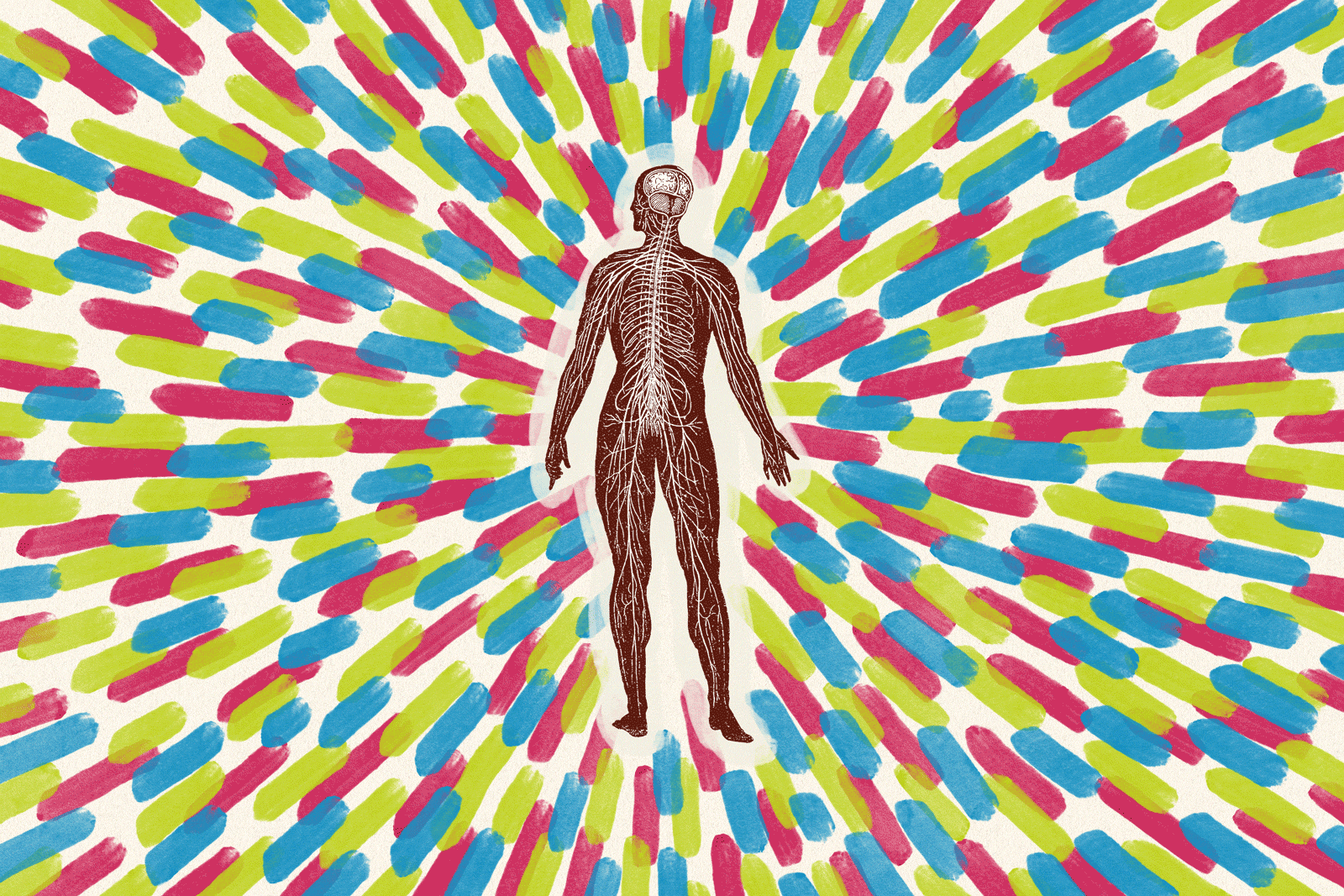Book review: ‘The Psychopath Test’ by Jon Ronson
Jon Ronson is fascinated by people who are bonkers. And insane people who appear to be normal, and ostensibly sane people doing crazy things. The British journalist’s book “The Men Who Stare at Goats” — about a secret U.S. military wing that hoped to use mind power to walk through walls, become invisible and perform psychic executions — was the basis for the 2009 film of the same title.
Now, Ronson’s paddling around the swampy parts of sanity again in “The Psychopath Test,” a book that manages to be as cheerily kooky as it is well-researched.
Generally described as a dangerous personality disorder in which there’s a severe lack of empathy, psychopathy is thought by some to be incurable and to define one out of 100 people. “It would be a mistake to start meddling in the world of psychopaths, an especially big mistake for someone like me, who suffers from a massive surfeit of anxiety,” Ronson writes. His curiosity, of course, swiftly gets the better of him.
In his search to discover who psychopaths are, Ronson goes to prisons in England, Canada and the U.S. He takes a three-day seminar from Robert Hare, the leading expert in psychopathy, whose Hare PCL-R Checklist is used by law enforcement agencies in the U.S. and elsewhere to evaluate offenders.
“I became a Bob Hare devotee, bowled over by his discoveries,” Ronson explains. “I think the other skeptics felt the same. He was very convincing. I was attaining a new power, like a secret weapon … the power to identify a psychopath merely by spotting certain turns of phrase, certain sentence constructions, certain ways of being.”
Armed with this new power, Ronson decides to field-test it himself. He tries it out on Toto Constant, a man convicted, in absentia, for leading a Haitian death squad and currently in a U.S. prison for mortgage fraud. At first, it seems as though Constant will upset the checklist, but then his answers conform to it quite well. Or do they? “Nah, he’s not a psychopath,” two prison guards tell Ronson as he leaves. And they should know.
Casting his net wide, Ronson tests out Hare’s checklist on a captain of industry, one of the most notoriously draconian of American businessmen. At the Florida home of Al Dunlap — the downsizing executive nicknamed “Chainsaw Al” — he notes an abundance of sculptures of predatory animals, teeth bared, claws extended. Dunlap’s score on the checklist rises, but the results ultimately fail to fit key points. He’s happily married. He was successful in school. There’s no record of him torturing small animals.
Ronson seeks the definition of psychopath in the Diagnostic and Statistical Manual of Mental Disorders, known as DSM — where it does not appear. Drawn to the human element behind the artifact, Ronson seeks out psychiatrist Robert Spitzer, the editor who oversaw the expansion of DSM-III, which was 134 pages, to the 494-page DSM-IV. The line between crazy and not crazy can be moved, Ronson shows, by something as messy as a room crowded with arguing experts.
A good-natured openness leads Ronson down some strange paths. There is the former British spy who becomes first a truth teller, then a conspiracy theorist, then a delusional transvestite. There is the group of brilliant scientists fixated on who might have sent them all identically modified versions of Sartre’s “Being and Nothingness.” There is the 1960s researcher who thought he could transform psychopaths by giving them LSD and other unorthodox therapies. There are the most powerful people in Scientology, who invite him to L. Ron Hubbard’s estate in West Sussex, England, to contemplate the offenses of psychiatry.
One of these is the book’s most moving case. Scientology activists introduce Ronson to Tony, a 29-year-old inmate at Broadmoor, formerly Broadmoor Criminal Lunatic Asylum. Tony — whose story Ronson told, in an earlier form, on the radio show “This American Life” — admits that he faked insanity to get a lesser sentence for beating up a man. But after 12 years, all his efforts to convince his jailers he is sane have only convinced them he is a deeper kind of crazy — that he is a psychopath. Ronson knows they might be right, but he also wonders, how do you convince someone who thinks you’re crazy that you’re not?
Ronson has an eye for the absurd, but he also has a heart. He decides, toward the book’s end, that he’ll attend a hearing about Tony’s case. All of his research shows that as much as he — and society — want to use checklists to determine who’s bonkers, sanity usually rests in the hands of the definers.
More to Read
Sign up for our Book Club newsletter
Get the latest news, events and more from the Los Angeles Times Book Club, and help us get L.A. reading and talking.
You may occasionally receive promotional content from the Los Angeles Times.










